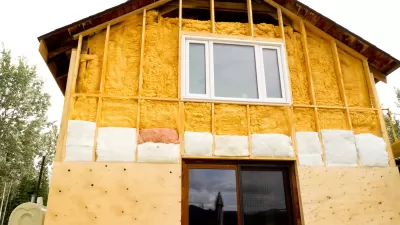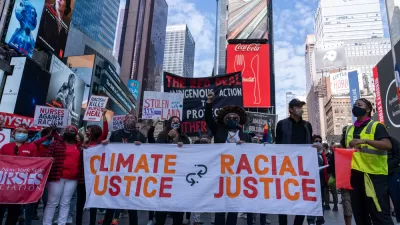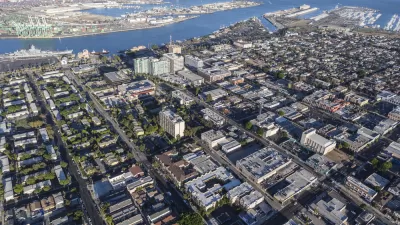Without more specific regulations, the Justice40 initiative, which requires spending 40 percent of federal funds in underserved areas, could fund projects that increase emissions and pollution.

“In President Biden’s first weeks in office, he established an environmental justice initiative called Justice40, which aims to direct benefits from federal investments to disadvantaged communities.” As Abigail Grimminger reports in Streetsblog, “The executive order listed the following as areas of emphasis: clean energy and energy efficiency, clean transit, affordable and sustainable housing, training and workforce development, the remediation and reduction of legacy pollution, and the development of critical clean water infrastructure.”
But as states and cities receive federal funding for climate projects, “states and local governments are primed to make these investments without any direction on how to ensure that 40 percent of the benefits go to the people and places most in need.” As Grimminger explains, this is because, “First, US DOT does not have the authority to meet that number because 69 percent of infrastructure funds are formula grants and have very few strings attached.”
“Second, even if the US DOT was on track, there’s a huge difference between simply spending 40 percent of money within underserved communities, and spending 40 percent to accomplish something productive or bring measurable benefits to those places,” Grimminger notes, pointing to highway expansion projects as one example of an infrastructure investment that would bring negative impacts, despite counting toward the 40 percent goal.
According to Grimminger, “The Office of Management and Budget is expected to release guidance on Justice40 soon. Fundamentally, it needs to be honest and clear about what funding they have the power to steer—and consider that in the future when they negotiate huge amounts of funding that they cannot influence at all.”
FULL STORY: Biden’s ‘Justice40’ Initiative Could Mean More Emissions, Worse Health Outcomes in Poor Areas

Planetizen Federal Action Tracker
A weekly monitor of how Trump’s orders and actions are impacting planners and planning in America.

San Francisco's School District Spent $105M To Build Affordable Housing for Teachers — And That's Just the Beginning
SFUSD joins a growing list of school districts using their land holdings to address housing affordability challenges faced by their own employees.

The Tiny, Adorable $7,000 Car Turning Japan Onto EVs
The single seat Mibot charges from a regular plug as quickly as an iPad, and is about half the price of an average EV.

San Diego Votes to Rein in “Towering” ADUs
City council voted to limit the number of units in accessory buildings to six — after confronting backyard developments of up to 100 units behind a single family home.

Texas Legislature’s Surprising Pro-Housing Swing
Smaller homes on smaller lots, office to apartment conversions, and 40% less say for NIMBYs, vote state lawmakers.

Even Edmonton Wants Single Staircase Buildings
Canada's second most affordable major city joins those angling to nix the requirement for two staircases in multi-family buildings.
Urban Design for Planners 1: Software Tools
This six-course series explores essential urban design concepts using open source software and equips planners with the tools they need to participate fully in the urban design process.
Planning for Universal Design
Learn the tools for implementing Universal Design in planning regulations.
Borough of Carlisle
Smith Gee Studio
City of Camden Redevelopment Agency
City of Astoria
Transportation Research & Education Center (TREC) at Portland State University
City of Camden Redevelopment Agency
Municipality of Princeton (NJ)





























